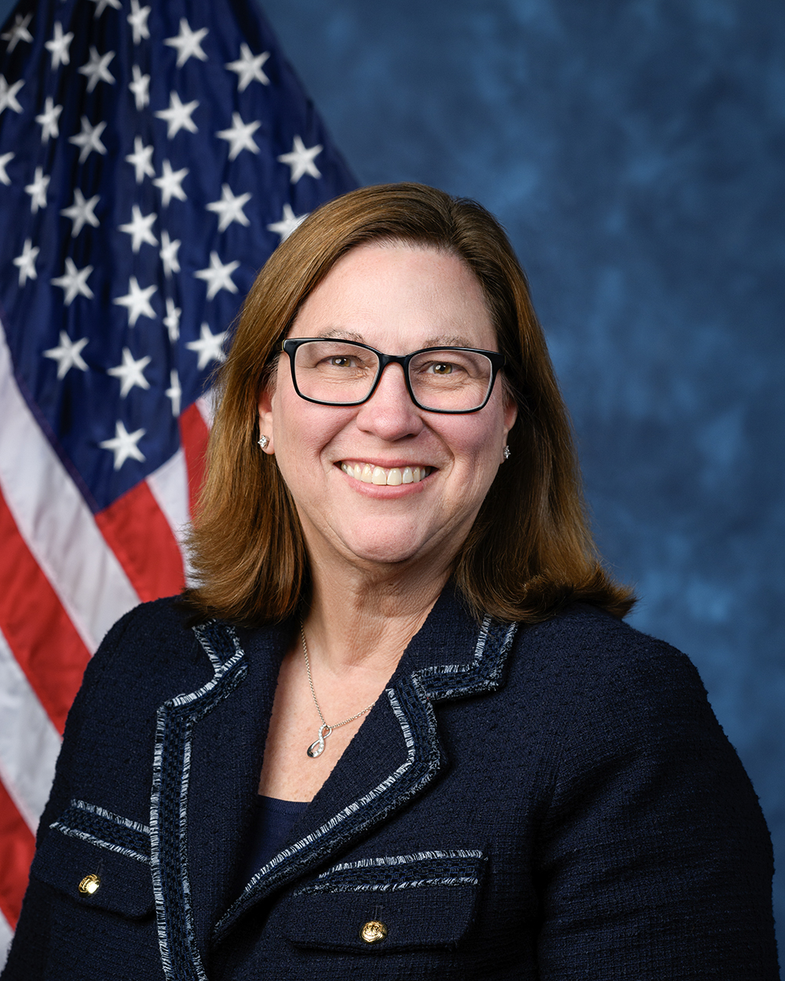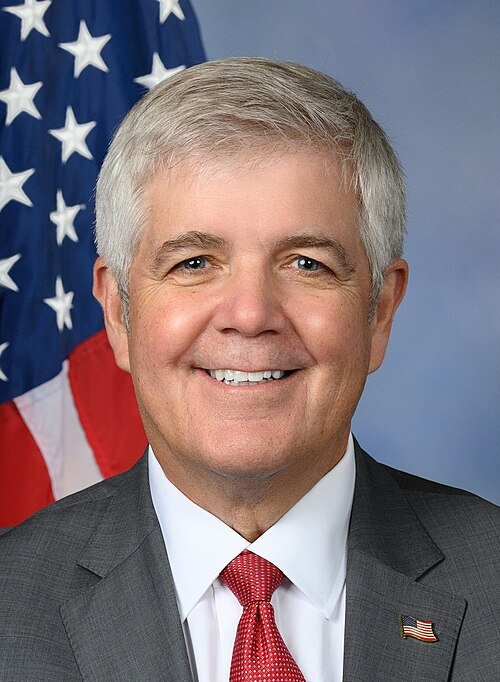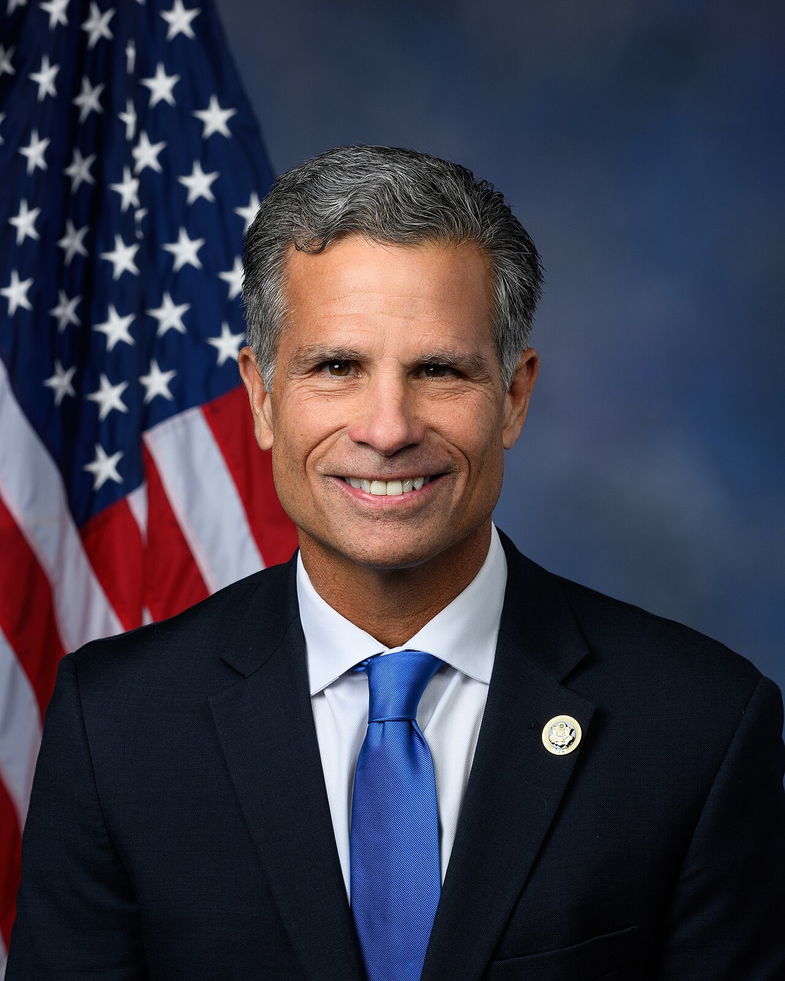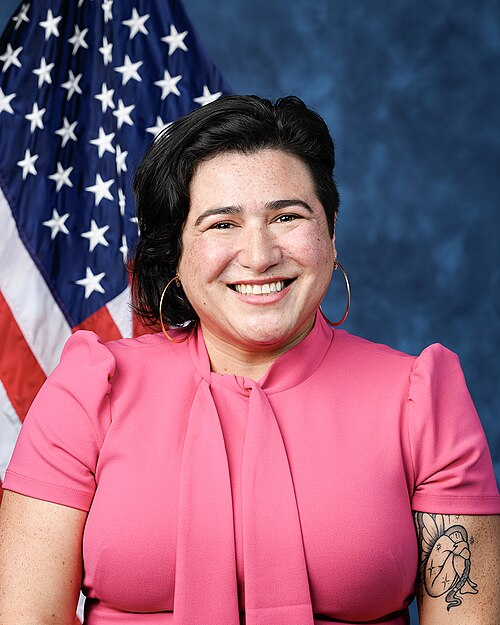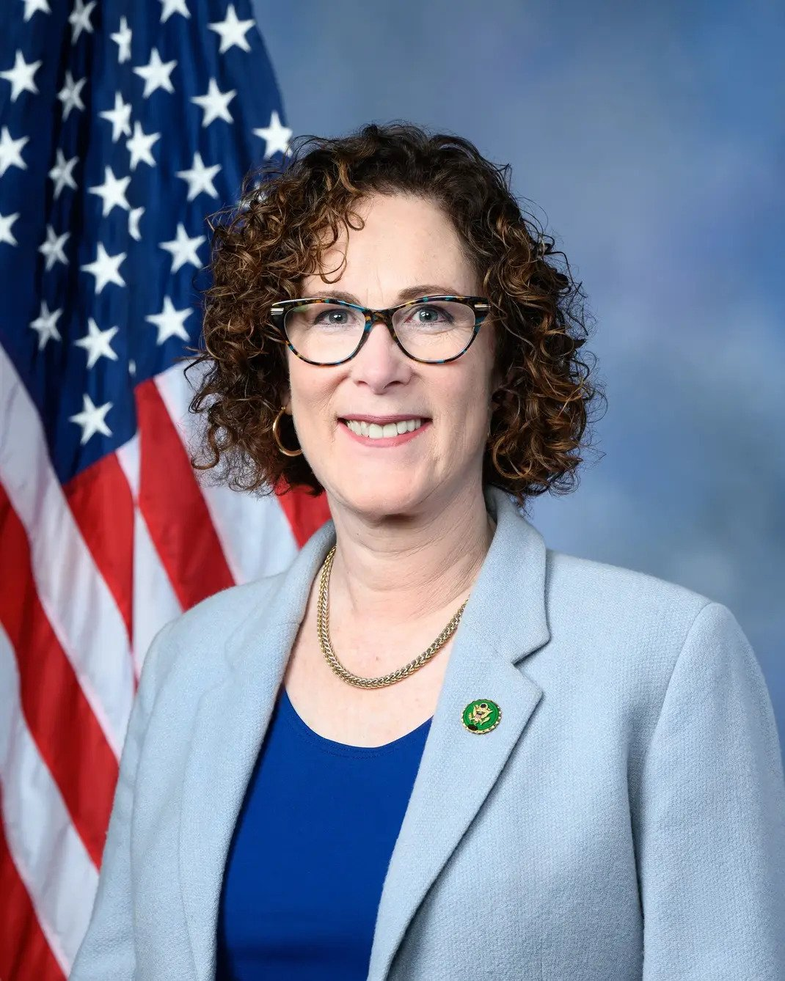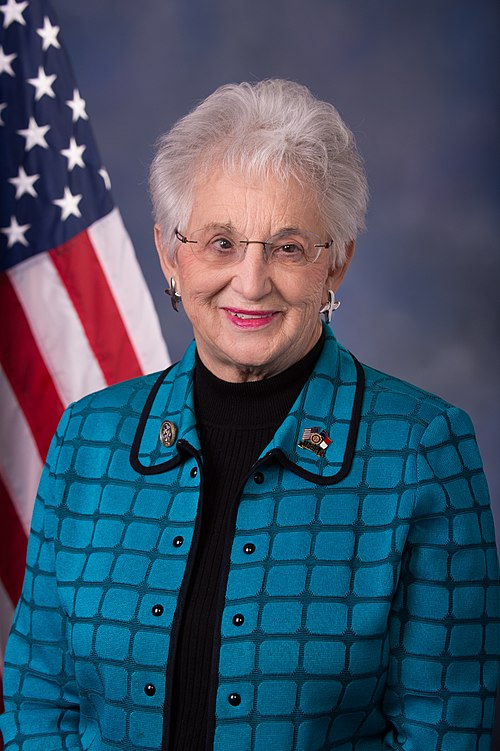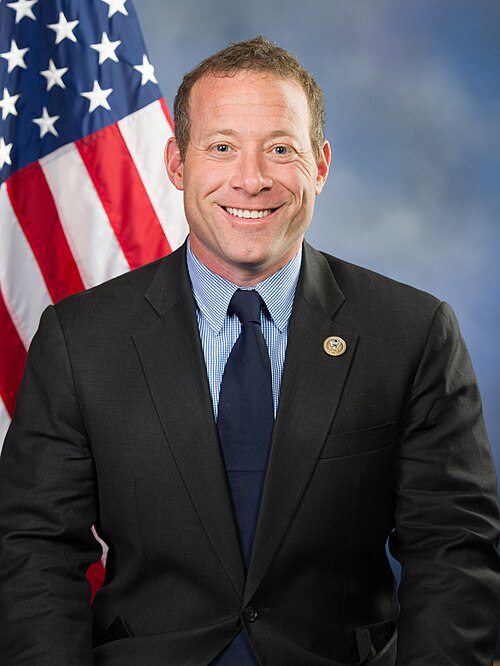S. 1935: Expanding Access to Palliative Care Act
This bill, titled the "Expanding Access to Palliative Care Act," aims to enhance community-based palliative care services for individuals with serious illnesses. Here are the key components of the bill:
Purpose
The bill seeks to develop and implement a model of community-based palliative care that is designed to improve the outcomes and experiences of care for high-risk beneficiaries. It aims to reduce unnecessary emergency department visits and hospitalizations by providing coordinated care that meets the needs of these beneficiaries.
Target Population
The focus of the palliative care model is on individuals who are:
- Enrolled in Medicare (Part A) and
- Diagnosed with a serious illness or injury, such as cancer, heart disease, pulmonary disease, Alzheimer's, and other serious health conditions.
Importantly, individuals who have previously used hospice care services will not be excluded from participating in this model.
Provider Participation
Various providers can participate in the palliative care model, including:
- Palliative care teams, whether independent or associated with hospice programs
- Home health agencies
- Hospitals and integrated health systems
Care Coordination
The model emphasizes a team-based approach, ensuring that at least one member of the care team is certified in hospice and palliative care. This team will work alongside primary and specialized care providers to create a comprehensive care plan that addresses symptom management, pain relief, and supportive services for patients and their families.
Care Locations
Care can be delivered in various settings, including:
- Patients' homes
- Caregiver residences
- Extended care facilities
- Community settings
Continuity of care is stressed, ensuring services remain uninterrupted regardless of the patient's location.
Available Services
The palliative care model will provide a wide range of services tailored to individual patient needs, such as:
- Pain and symptom management
- Education about treatment options
- Advance care planning
- Mental health support
- Family caregiver assistance
- Spiritual care and stress reduction therapies
Access to Care
Under this model, care will be accessible:
- 24 hours a day
- 7 days a week
- Throughout the year, including through telehealth services
The bill emphasizes addressing the needs of rural and underserved communities to ensure equitable access to care.
Assessment and Metrics
The model will be assessed by comparing participants to those receiving traditional care. Factors examined will include:
- Demographics of patients
- Utilization of healthcare services
- Rates of hospice care election and duration
- Overall care experience for both beneficiaries and caregivers
The assessment will help determine the efficacy of the model and inform future improvements.
Implementation Timeline
The palliative care model is slated to be implemented over a five-year period, starting within one year after the bill becomes law.
Relevant Companies
- AMGN (Amgen Inc.): As a company focused on biopharmaceuticals, Amgen could be impacted by changes in demand for pain management medications and palliative care treatments.
- MDT (Medtronic plc): Medtronic, known for medical devices, may see an impact on its products and services that aid in the management of health conditions related to serious illnesses covered under this model.
- HCA (HCA Healthcare, Inc.): As a large healthcare provider, HCA could be affected by shifts in patient care dynamics and hospital utilization rates due to the emphasis on community-based palliative care.
This is an AI-generated summary of the bill text. There may be mistakes.
Sponsors
4 bill sponsors
Actions
2 actions
| Date | Action |
|---|---|
| Jun. 03, 2025 | Introduced in Senate |
| Jun. 03, 2025 | Read twice and referred to the Committee on Finance. |
Corporate Lobbying
0 companies lobbying
None found.
* Note that there can be significant delays in lobbying disclosures, and our data may be incomplete.








